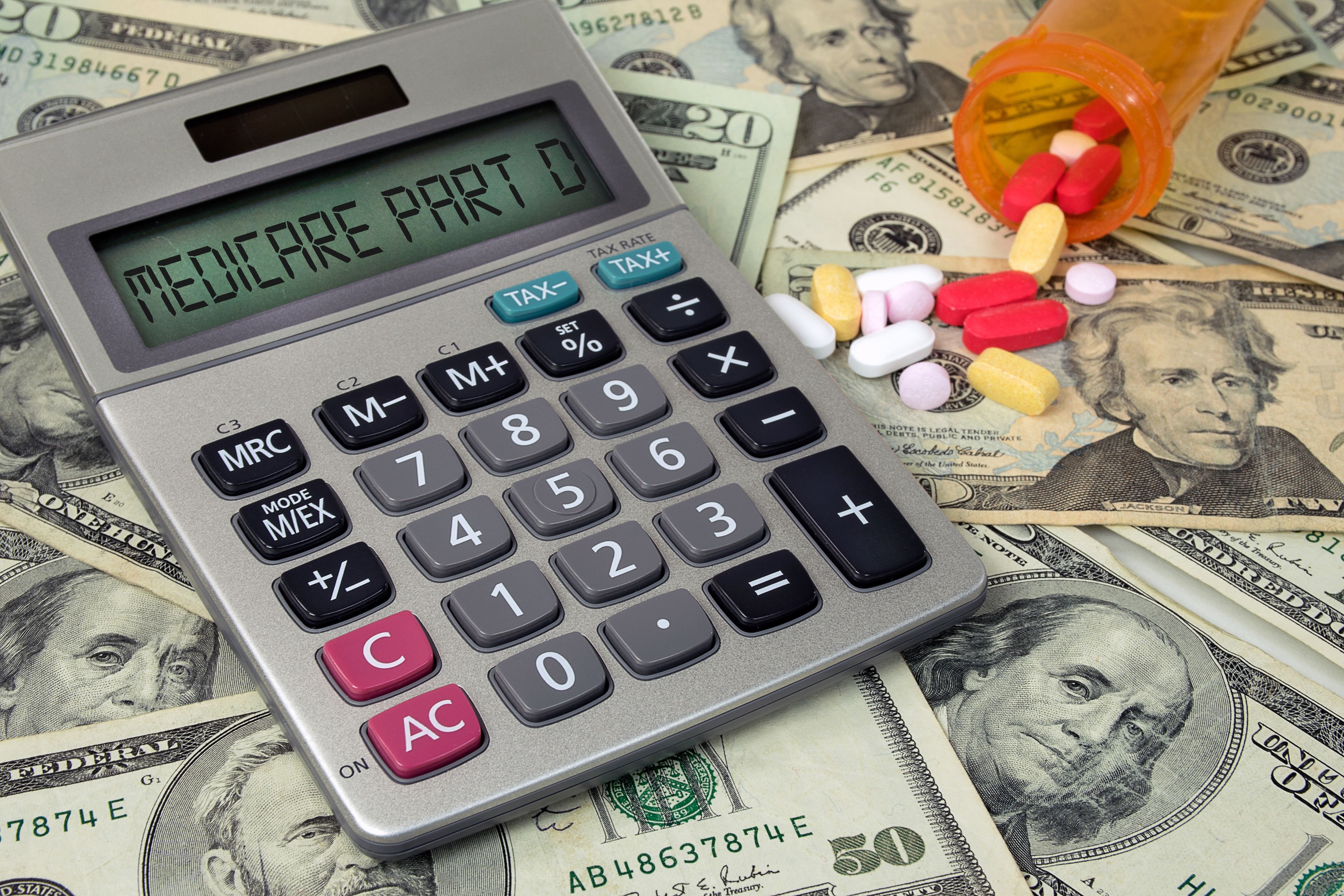Article
5 Things to Know About the Healthcare Fraud Takedown
Author(s):
This week's takedown shows that the fraud prevention and enforcement efforts that began nearly a decade ago are bearing fruit, including the change to predictive modeling to spot suspicious billing in Medicare.
On Wednesday, the US Departments of Justice (DOJ) and HHS announced an unprecedented nationwide sweep of arrests for healthcare fraud, which resulted in charges against 301 people for $900 million in false billings.
If it seems like you’re reading more and more about federal crackdowns on healthcare fraud, you are. A series of efforts that began back in 2007 have given federal law enforcement officials more tools to crack down on abuse, and these efforts are bearing fruit. Here are 5 things to know how this week’s takedown, and how it fits into the big picture:
1. Tools for this week’s takedown date back nearly a decade. The Medicare Fraud Strike Force began work in 2007, the year after the creation of the prescription drug benefit for seniors under Medicare Part D. Since then, the task force has become part of the joint DOJ and HHS Healthcare Fraud Prevention & Enforcement Action Team (HEAT), created in May 2009. Fraud enforcement received $350 million under the Affordable Care Act. The change from a fee-for-service to a value-based healthcare system, especially in Medicare, should have the effect of reducing the capacity for fraud.
2. Who commits healthcare fraud? Most healthcare fraud in Medicare and Medicaid involves improper billing, in which the government is billed for services that were never received, or, in some cases, were provided but were not necessary. Those arrested this week included 61 doctors, nurses, and other licensed medical professionals. But fraud schemes may also involve patient “recruiters” who obtain personal information from Medicare beneficiaries—or even the beneficiaries themselves—who provide the billing details in exchange for kickbacks.
3. A move from “pay and chase” to predictive modeling. A critical change has been the move away from only catching fraud after the fact to identifying suspicious billing practices before money goes out the door. Use of an Automated Provider Screening system flags ineligible suppliers upfront or prior to revalidation, and a Fraud Prevention System tracks aberrant practices. Last July, Acting CMS Administrator Andy Slavitt said investments in these systems had identified more than $820 million in potentially improper payments in 3 years, for a 10-to-1 return on investment.
4. A focus on Medicare fraud “hot spots.” While this week’s arrests come from 36 different federal districts, they are concentrated in the 9 high-fraud areas first identified by the Medicare Fraud Strike Force: Brooklyn, Detroit, Chicago, Los Angeles, South Louisiana, South Texas, Dallas, Tampa, and Miami. Of the 301 arrests this week, 100 came from the Southern District of Florida, involving $220 million in false billings for home health care, mental health services, and pharmacy fraud.
5. Arrests and recoveries are mounting. Since its creation, the Medicare Fraud Strike Force has charged 2900 defendants who had falsely billed Medicare more than $8.9 billion. National takedown operations, which can cover areas outside the 9 targeted hot spots, have charged 1200 individuals involving more than $3.4 billion in fraudulent billings. A statement from DOJ said since January 2009, the US Attorney General has recovered $18.3 billion from fraud in federal healthcare programs.




